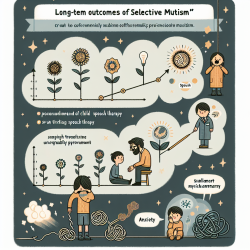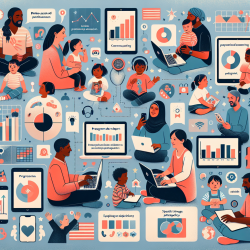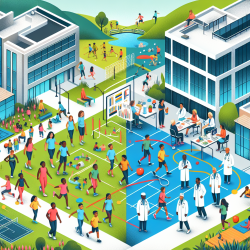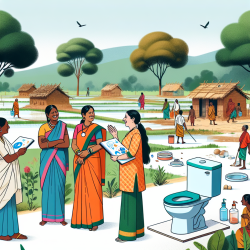In a world grappling with growing health disparities, the role of youth in driving change cannot be overstated. The research article "Community-Based Approaches to Reducing Health Inequities and Fostering Environmental Justice through Global Youth-Engaged Citizen Science" sheds light on innovative methods that engage young people in addressing these pressing issues.
The Power of Youth-Engaged Citizen Science
Youth-engaged citizen science is a participatory action research model that empowers young individuals to actively contribute to scientific endeavors. This approach not only involves them in data collection but also in developing solutions for their communities. The Our Voice model is a prime example of how technology-enabled participatory action can lead to meaningful changes in physical and social environments.
Implementing Research Outcomes
Practitioners looking to improve their skills can implement the outcomes of this research by:
- Engaging Youth: Involve young people in identifying local health and environmental issues. Use tools like the Stanford Healthy Neighborhood Discovery ToolTM to gather data.
- Building Consensus: Facilitate discussions among youth to analyze data and prioritize issues. Encourage them to brainstorm realistic solutions with local stakeholders.
- Advocacy Training: Provide training for youth on advocacy skills to effectively communicate their findings and proposed solutions to decision-makers.
The Impact of Youth Engagement
The involvement of youth in citizen science has shown promising results. Projects across various continents have demonstrated that when young people are given the tools and opportunities, they can significantly impact their communities. From improving school environments to advocating for safer public spaces, the potential for positive change is immense.
Encouraging Further Research
The success of these projects highlights the need for further research into scalable participatory methods that engage youth across different socioeconomic backgrounds. Practitioners are encouraged to explore these models and contribute to the growing body of evidence supporting community-based approaches.










